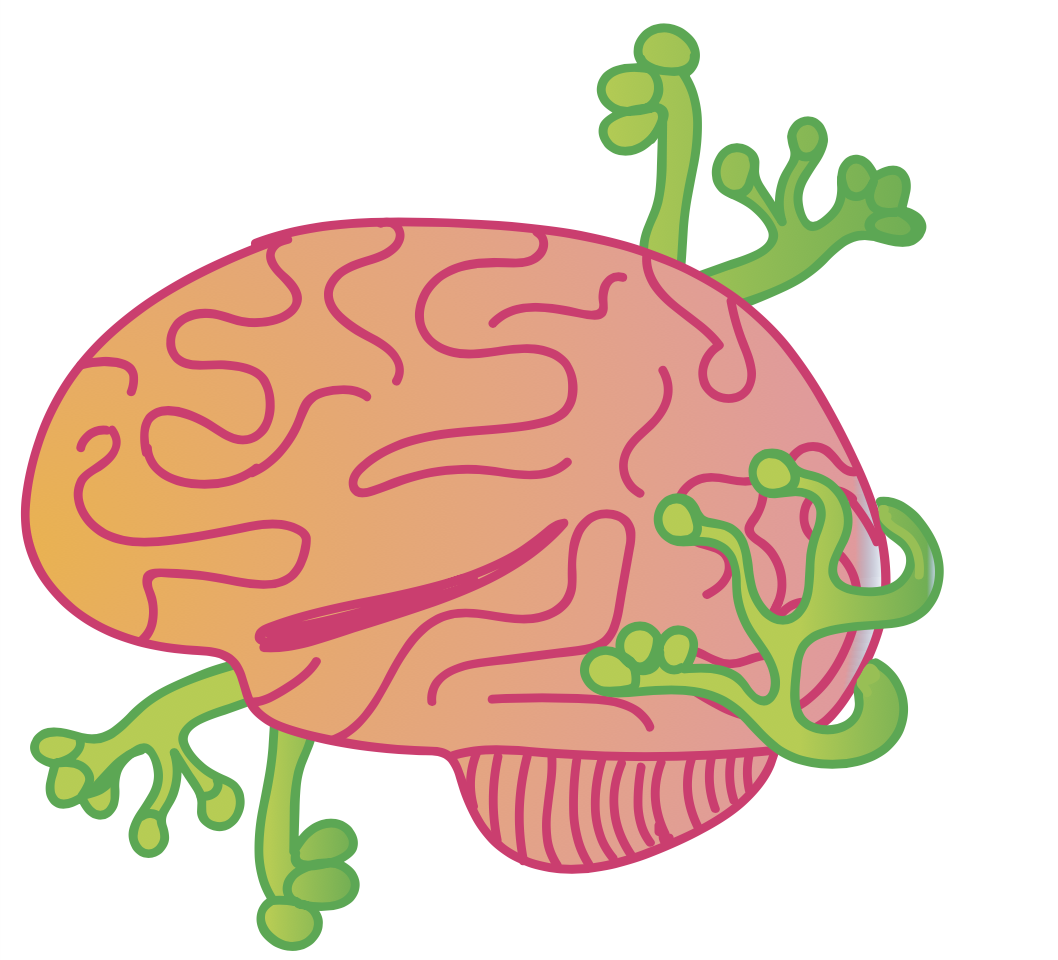A fungus that can infect the brain may be the key to understanding Alzheimer’s disease.
The blood brain barrier (BBB) is a highly selective barrier that allows very few unwanted substances pass through it. However, there are some bacteria and fungi that have found a way to cross the BBB and cause infections; Candida albicans is one example of these fungi. Recently, a group of scientists looked into the pathogenesis of Candida albicans in the brain [1]. They found when mice were infected with Candida, they suffered from short-term memory loss whilst clearing the infection. Furthermore, the protein found surrounding the sites of fungal infection is the same protein found accumulated in the brains of Alzheimer patients.
Candida albicans is a type of yeast; it lives in the human gut as a natural part of our microbial flora and fauna. In certain situations, for example if a person has a compromised immune system, there can be an increase in the amount of fungal biomass in the body. In other words, there is more Candida. Candida now has the potential to spread and enter the bloodstream. In fact, it’s becoming an increasing problem for hospitals in the developed world.
In this study, researchers infected mice with Candida. After crossing the BBB, they found that the fungus grew as multiple isolated clusters in the brain and causes an inflammatory response, indicated by the recruitment of cerebral monocytes. As part of this inflammatory response, the brain cells surrounding the infected lesion produced a higher level of amyloid precursor protein (APP) than normal.
APP can be cleaved (cut) to produce a smaller peptide called amyloid-beta (Aβ). Aβ was shown to accumulate at the center of the fungal clusters, where it promoted an anti-fungal immune response. Aβ is therefore part of process of clearing the infection.
The causes of Alzheimer’s disease are far from understood, but one prevailing hypothesis is the ‘amyloid hypothesis’. Amyloid-beta (Aβ) peptides can aggregate to form flexible soluble oligomers; once a few molecules have aggregated, it encourages more Aβ peptides to do the same. This results in the formation of amyloid plaques. Amyloid plaques are elevated in patients with Alzheimer’s diseases but it is not understood how they contribute to the pathology of the disease.
Candida infections have been found in the blood and brains of patients with Alzheimer’s diseases – emphasising the possible link between the two [2-4]. This new disease model, using mice, may in the future be crucial to understanding how Aβ causes neurodegeneration and hence diseases such as dementia.
- Wu, Yifan, et al. “Microglia and amyloid precursor protein coordinate control of transient Candida cerebritis with memory deficits.” Nature communications 10.1 (2019): 58.
- Alonso, R. et al. Fungal infection in patients with Alzheimer’s disease. J. Alzheimers Dis.41, 301–311 (2014).
- Pisa, D., Alonso, R., Juarranz, A., Rábano, A. & Carrasco, L. Direct visualization of fungal infection in brains from patients with Alzheimer’s disease.J. Alzheimers Dis. 43, 613–624 (2015).
- Pisa, D., Alonso, R., Rabano, A., Rodal, I. & Carrasco, L. Different brain regions are infected with fungi in Alzheimer’s disease. Sci. Rep.5, 15015 (2015).





